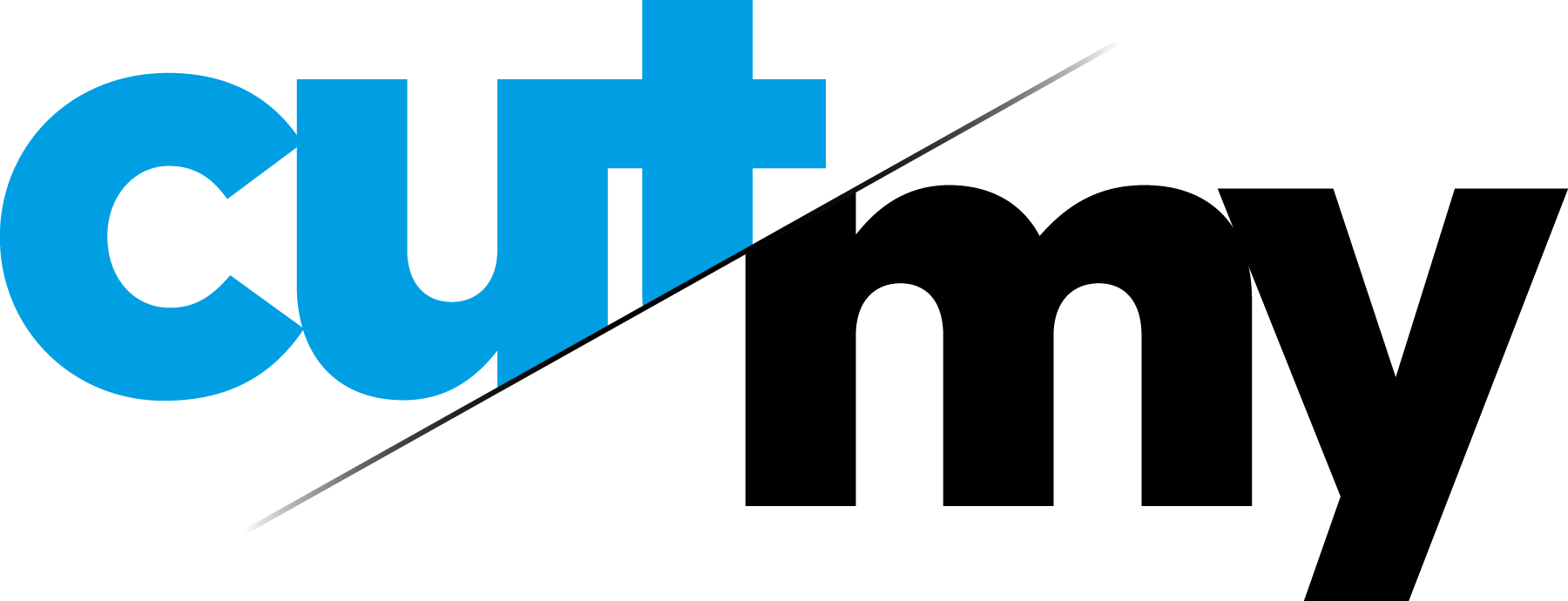What is Laser Cutting?
Acrylic is unusual in that it completely vapourises when cut, without melting or dripping. We cut acrylic sheets measuring up to 1500mm x 2000mm, up to a maximum of 20mm thick. Anything cut on the laser will have a fine polished edge. We can also cut frosted, clear and tinted acrylic with our high-power precision CO2 Laser.
Its high level of accuracy and detail, repeatability and consistency mean laser cutting tech is hugely popular. We can cut a broad range of different materials, it's remarkably fast, and because the parts for laser cutting machines are not that expensive, you benefit from really good pricing.
How does Laser Cutting work?
Laser cutting works by melting, burning or vapourising the material being cut. As the same time the machine uses something called 'assist gas' to keep the cutting zone clean and clear, getting rid of the molten and burned material.
Before laser cutting came along it was a manual process, and it took ages. But state-of-the-art laser technology lets us pre-programme cuts, and set the materials more accurately and easily. Nevertheless it's still an expert job, and can only done by properly-trained professionals.
Our new laser engraving service
We offer a professional laser engraving service for plastic sheeting. Acrylic sheet can be laser engraved with a CO2 laser, which produces either white or clear engraved images, depending on how we set up the machine and what you want done. It delivers a beautiful, intricate finish to all sorts of projects, from practical to creative: signage, awards, beautiful imagery to hang on a wall - which you can backlight if you wish, company logos. You name it, it’s perfectly possible, and it’ll look amazing.
What is Laser Cutting good for?
As a general rule, if you can design it we can cut it. We'll work closely with you to make sure you get a perfect job every time. That’s good news when increased accuracy is exactly what you need for projects like display cases, lightboxes, fish tanks and other intricate items. We can even help you out with unique custom craft projects.
- Laser cutting beats traditional methods of cutting, delivering much cleaner, smoother edges and allowing extremely precise measurements.
- Unlike punch cutting, you don't get any flaking at the edges.
- It's perfect for creating weird, wonderful and complex shapes.
- Laser cutting tech uses less energy than traditional cutting methods.
How does the cutting process work?
Acrylic sheet can be either cast or extruded. They both feature slightly different chemistry as well as being manufactured differently, which means their cutting characteristic are also different. Most of the time, for most applications, cast acrylic is probably the right one for you.
The cutting process is actually surprisingly complicated. First the machine makes holes in the material, just outside the area you want cut. Then we move the laser beam accurately into the cutting area and apply heat. Finally the assist gas removes the material that's been heated and makes the cut.
It's fascinating to watch, cutting through super-tough plastic sheeting – including the best-known acrylic brands of all, Perspex and Plexiglass – like a knife through butter.
All this means your life is nice and simple. You give us your shape, we cut it with our precision laser to within +/-0.25mm with a laser and +/-1mm with the saw, and there's little or no post-processing to do.
Multiple factors influence the quality of a laser cut. The brand and type of acrylic, the power, speed and frequency of the laser machine itself, and the set-up of the process, which involves key essentials like accurate table position, the lenses and the focus, the exhaust, the assist gas – usually either compressed or ordinary air - and the preparation of the material itself. We take all of this into account to create great quality, reliable, repeatable cuts.
Do we keep the protective film on or take it off? If your cut isn't dependent on quality, we leave the protective film on simply to protect the sheet from scratches and debris. But we always remove the protective sheet if it's made of paper because the paper contains flammable paraffin, which delivers a less than perfect cut.


